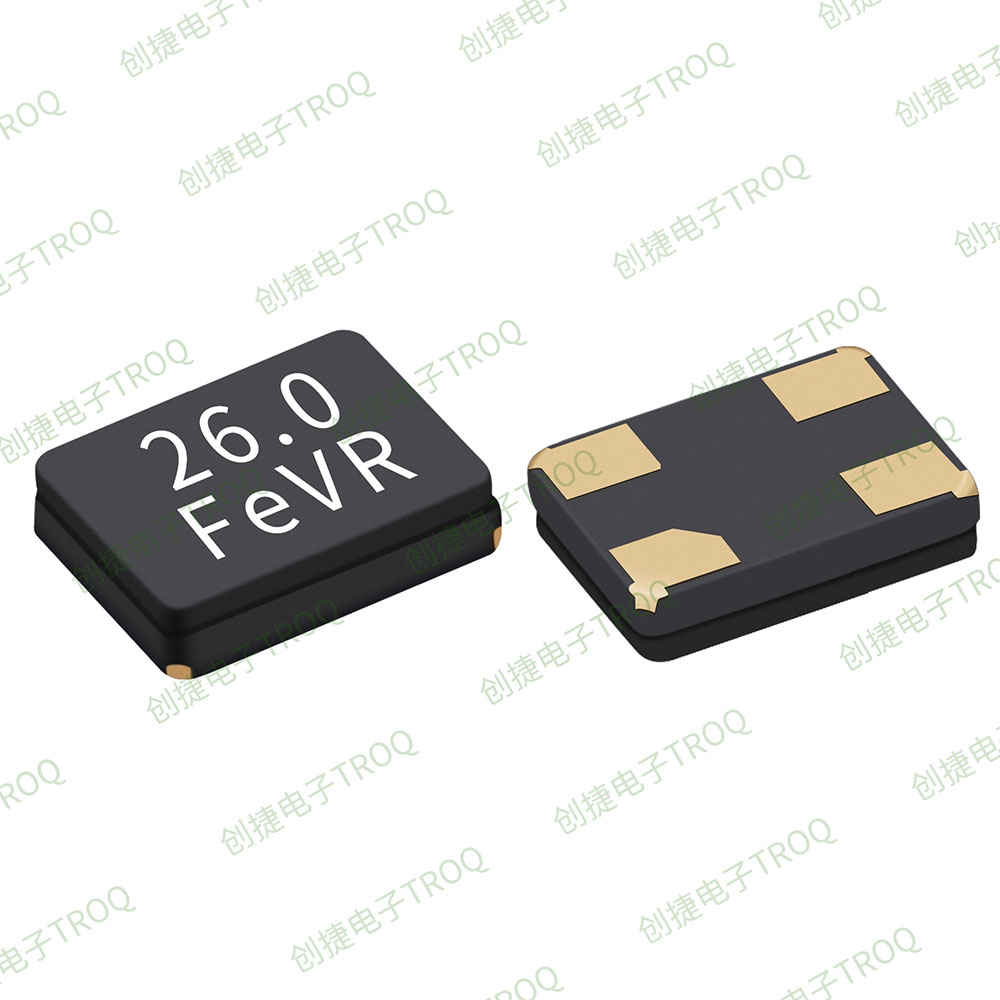An article that takes you through the frequency stability of quartz resonators
One important way to improve the frequency stability of quartz resonators is to reduce the effect of ambient temperature on frequency. There are usually two methods. The constant-temperature bath method, in which the quartz resonator is placed in a constant-temperature bath. As long as the temperature of the bath is the same as the zero-temperature coefficient point, the frequency will change with the temperature to be close to zero. Temperature compensation method, through the thermal network to compensate for the frequency change caused by the ambient temperature, the latter method has the advantage of small size, low power consumption, and can work when the power is on. The disadvantage is that the frequency stability is lower than the previous method.

A quartz resonator is an electronic component that generates resonant frequencies. Its function is to generate frequencies. It has the characteristics of stability and good anti-interference performance, and is widely used in various electronic products. Frequency accuracy is higher than ceramic resonators, but the cost is also higher. Resonators mainly play the role of frequency control, all electronic products need resonators for frequency transmission and reception. Its type can be divided into two types according to its shape: coaxial and SMD.
The role of the resonator
1. When the intrinsic frequency is close to equal, the to large amplitude can be obtained. For example, in an AM radio, when the intrinsic frequency of the lc circuit is the same as the transmitting frequency, the signal can be obtained in the lc circuit to a large amplitude so that clear sound can be received. Typically, quartz resonators are tuned and channel selected by changing the inductance or capacitance of the lc circuit.
2. Quartz resonator is to allow a certain frequency signal to pass through, blocking other frequency signals to achieve the purpose of frequency selection. When the frequency of the signal is equal to the inherent frequency of the resonator, the signal passes smoothly like a small resistor, and when the frequency far from the inherent resonant frequency tries to pass, it is like a large impedance.
What is the purpose of the resonator in the car?
The resonator, also known as the resonance chamber, is located at the front of the intake pipe, usually at the front of the car, with the front end facing down. The main function is to reduce the intake noise. Further, increasing the space in the middle of the pipe can cushion and stabilize the intake air. Having a cavity in the middle reduces the probability of water being sucked into the engine when, for example, the car tries to run through a puddle. When water rushes to the intake, it will be sucked into the intake pipe. When water is sucked into the resonant cavity, the cross section will become larger so that the suction of the vacuum will not make the water sucked in again.
However, when the car intake is submerged in water, the resonant chamber will lose its ability to mitigate the vacuum effect.
Quartz resonator's main applications
Metal waveguides and metal resonant cavities are widely used in decimeter and centimeter waves and longer millimeter wave bands. Since the cross section of the waveguide and the size of the resonant cavity are similar to the wavelength, for example, when the rectangular waveguide operates in TE01 mode, its width is greater than half of the wavelength, the size of the metal waveguide and resonant cavity is too small to be fabricated in the short millimeter wave band and submillimeter wave band. It is even more impossible to apply metal waveguides or resonant cavities in the infrared or visible bands, i.e., at wavelengths of microns. Therefore, dielectric waveguides and dielectric resonators are developing rapidly and are widely used.









